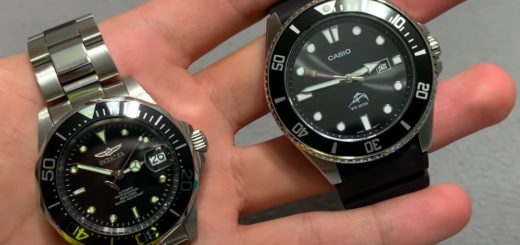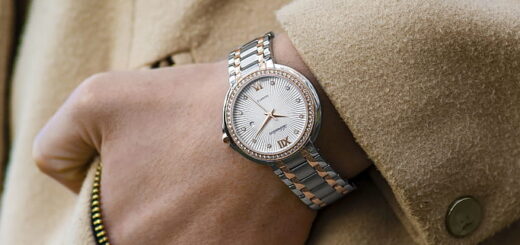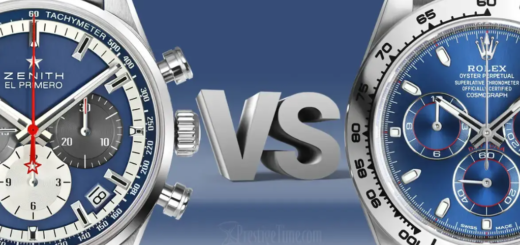Is Invicta Swiss Or Japanese Watch Brand? Here’s The Conclusive Answer
When it comes to versatile timepieces that combine affordability, style, and durability, Invicta has earned its place as a globally recognized watch brand. Founded in 1837, Invicta has curated a wide array of collections that cater to various styles, preferences, and needs. Whether you’re a seasoned watch enthusiast or a casual wearer, there’s a high chance you’ve come across an Invicta watch that piqued your interest. However, behind the eclectic selection of timepieces lies a rich history and an intriguing question regarding the brand’s origin – “Is Invicta Swiss or Japanese?”
Throughout its journey, Invicta has navigated the complex terrains of the watchmaking industry, creating a unique identity that blends the precision of two of the world’s watchmaking powerhouses – Switzerland and Japan. But how did this integration come to be? Does Invicta resonate more with the Swiss heritage, renowned for luxury and meticulous craftsmanship, or does it lean towards Japanese precision, known for reliability and advanced technology? This article aims to delve into the heart of this question, unraveling the intriguing narrative that lies beneath the tick-tock of an Invicta watch.
Table of Contents
Is Invicta Swiss or Japanese?
Long story short – Both! Invicta started as a Swiss brand but is now completely owned by an American corporate entity. Many of its watches are “Swiss Made.” And it uses Japanese quartz movements in many of its watches. So, it combines the best of both worlds. Let us unravel the answer to the question – Is Invicta Swiss or Japanese – in more detail.
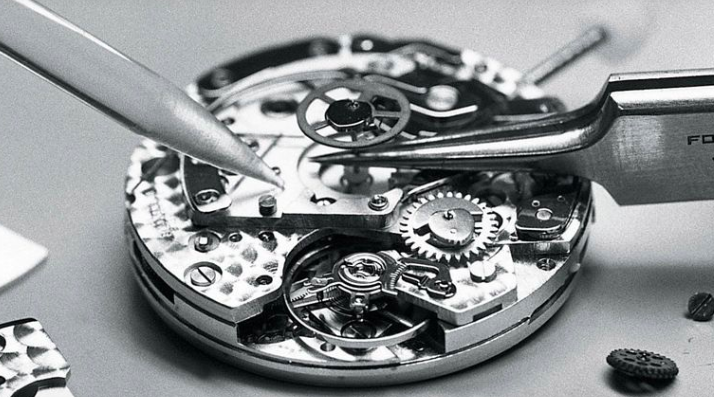
History of Invicta
Indeed, the narrative of Invicta begins in the heart of watchmaking – Switzerland. Raphael Picard established Invicta in La Chaux-de-Fonds, Switzerland, in 1837. The company’s name, “Invicta,” is Latin for “invincible,” illustrating Picard’s vision to create timepieces that offer both durability and sophistication. The focus from the start was on crafting Swiss mechanical watches, priding on the Swiss watchmaking tradition known for precision and high quality.
In the early days, Invicta carved out a niche for itself by producing Swiss watches that combined quality and craftsmanship at affordable prices. This approach starkly contrasted the prevailing watch market, where Swiss watches were typically expensive and seen as luxury items. Invicta broke this norm, making Swiss-quality watches accessible to a broader audience.
As the decades passed, Invicta experienced a multitude of transitions. In the face of the Quartz Revolution in the 1970s, a period when battery-powered quartz watches began to eclipse mechanical and automatic watches, Invicta navigated these challenging times by adapting and diversifying its portfolio. Rather than solely clinging to its Swiss mechanical watch roots, Invicta embraced the new technology, incorporating quartz movements into their designs.
Fast forward to the present, the Invicta Watch Group, currently headquartered in Florida, USA, has grown exponentially. Today, the brand offers a vast range of collections encompassing various movements and designs. Despite the shift in its operations and expansion of its range, Invicta still pays homage to its Swiss origins. Many of its watches bear the tag “Swiss Made” or “Swiss Parts,” maintaining a link to its Swiss heritage while also incorporating elements from other watchmaking regions, such as Japan. This unique blend positions Invicta in an interesting spot, where the Swiss tradition meets Japanese innovation.
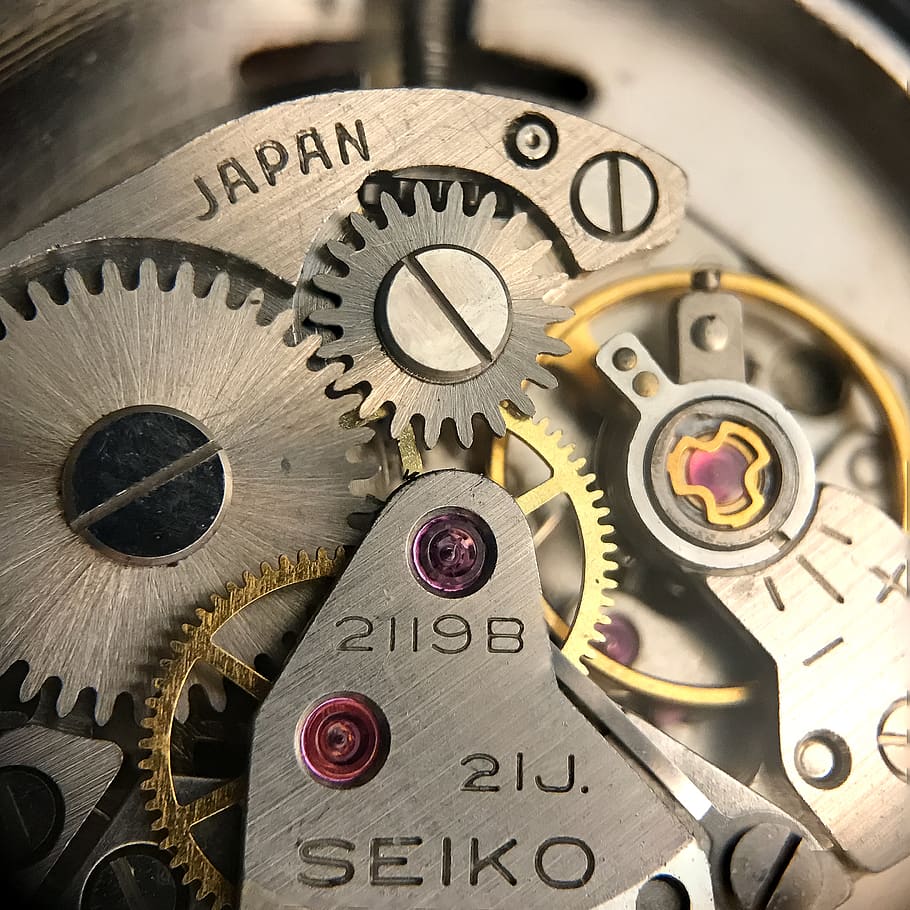
Invicta’s Swiss Heritage
Invicta’s Swiss heritage plays a vital role in its brand identity, even as it has grown and expanded. The Swiss watchmaking tradition is deeply respected worldwide and associated with high-quality craftsmanship, precision, and reliability. Invicta’s Swiss roots are a testament to its commitment to upholding these values, offering affordable timepieces that don’t compromise on quality and precision.
The term “Swiss Made” is more than just a label. It carries with it an assurance of quality as it is regulated by Swiss law and can only be used under certain conditions. A watch can only bear the “Swiss Made” label if it meets the following criteria:
- The movement of the watch is Swiss.
- The movement is cased up in Switzerland.
- The manufacturer carries out the final inspection of the watch in Switzerland.
For a movement to be considered Swiss, it should be assembled, started, adjusted, and inspected by the manufacturer in Switzerland. Moreover, at least 60% of the manufacturing costs of the movement should be generated in Switzerland.
Invicta honors this designation in many of its watch collections. Certain models within their Pro Diver, Reserve, and Bolt series, to name a few, are indeed Swiss Made, meaning they adhere to the stringent requirements mentioned above. These watches benefit from the reputation and quality associated with the Swiss Made label.
However, it’s important to note that not all Invicta watches are Swiss Made. Some are labeled as “Swiss Movement” or “Swiss Parts,” indicating that while the movements or parts originated in Switzerland, the watches might have been assembled or undergone their final inspection elsewhere. This practice enables Invicta to maintain its Swiss connection while also allowing for cost efficiencies that contribute to the brand’s affordability. In essence, Invicta’s Swiss heritage continues to be an integral part of the brand, influencing its watchmaking techniques and the quality of its products.
Japanese Influence on Invicta
While Invicta’s Swiss heritage remains a core part of its brand identity, the influence of Japanese watchmaking technology has also played a significant role in the brand’s evolution. Japan is another country known for its high-quality timepieces, and Japanese movements are recognized worldwide for their reliability, precision, and affordability.
Due to their cost-effectiveness and accuracy, Japanese movements are primarily used in Invicta’s watches. Japanese watch manufacturers, especially companies like Seiko and Miyota, have mastered the production of high-quality quartz and automatic movements at a lower price point than their Swiss counterparts. Invicta is a brand that focuses on delivering value-for-money timepieces, it makes sense to incorporate these dependable and cost-efficient Japanese movements into their watches.
Specific models within Invicta’s collections reflect this Japanese influence. For instance, many watches in the Pro Diver series feature automatic movements from Japan. The Invicta Men’s 8926OB Pro Diver, one of the brand’s popular models, comes equipped with a precise automatic movement from Seiko, the Japanese watchmaking giant.
Similarly, some models in the Invicta Speedway series use reliable quartz movements from Japan. The Invicta Men’s 9212 Speedway Collection Chronograph S watch is an example. It features a Japanese quartz movement known for its accuracy and minimal maintenance requirements.

Thus, the Japanese influence on Invicta is primarily seen in the movements utilized in their watches. This blend of Swiss roots and Japanese technology has enabled Invicta to provide a diverse range of reliable, stylish, and affordable timepieces. This strategic integration of international watchmaking techniques helps Invicta cater to a broader audience and maintain its position in the global watch industry.
Invicta Today: A Blend of Swiss and Japanese
Invicta today has crafted a unique identity in the watch industry by combining the best of Swiss design and Japanese precision in their products. They have successfully integrated their Swiss origins and heritage with the cost-effectiveness and reliability of Japanese movements, thereby creating timepieces that appeal to a wide range of customers.
Invicta’s current manufacturing process represents this fusion. Although the brand’s design headquarters remain in Switzerland, mirroring its origins, the production process spans different continents. Invicta uses the globalized watch industry, outsourcing various elements from places best known for them. They source high-quality movements from Japan and Switzerland and cases from China and then assemble the watches in Switzerland or Asia.
This strategic sourcing allows Invicta to maintain the high-quality Swiss design principles in their watches while leveraging the affordability and reliability of Japanese movements. In this way, Invicta offers high-performing, stylish watches at an accessible price point, a trademark that the brand has become known for.
Several Invicta collections illustrate this blend of Swiss and Japanese influences. For instance, the Pro Diver collection mirrors the Swiss attention to detail in its robust design and water resistance while using dependable Japanese automatic movements. On the other hand, the Invicta Lupah collection, with its Swiss-inspired unique design and Japanese quartz movement, showcases the brand’s commitment to design aesthetics and functional precision.
Therefore, the answer to the question, “Is Invicta Swiss or Japanese?” is essentially both. Invicta represents a successful fusion of Swiss design heritage and Japanese technological precision. By maintaining this balance, Invicta has managed to cater to a broad spectrum of watch enthusiasts, offering value, quality, and design diversity in their timepieces.
Final thoughts on the “Is Invicta Swiss or Japanese?” question
In conclusion, Invicta’s history and current manufacturing practices reflect a unique synthesis of Swiss design aesthetics and Japanese precision. From its humble beginnings in Switzerland to its transition into a global brand, Invicta has consistently adapted to meet the changing needs of its customers. Today, it stands as a symbol of affordable luxury in the watch industry, capturing the best of Swiss and Japanese influences in its extensive range of timepieces.
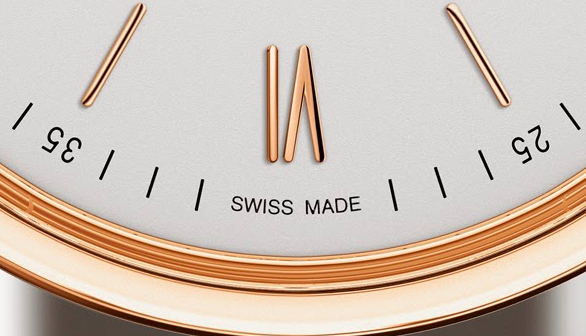
The question “Is Invicta Swiss or Japanese?” thus invites a complex answer. While its origins and design principles are rooted in Swiss watchmaking traditions, the brand’s use of reliable Japanese movements significantly defines its current identity. Invicta’s strategy of blending Swiss design aesthetics with Japanese movement technology has undoubtedly broadened its appeal, enabling it to offer quality watches that are both affordable and stylish.
In essence, Invicta’s story is about fusion and adaptation. It showcases how a brand can seamlessly blend different cultural influences to create a unique identity that resonates with a global audience. Whether you appreciate Swiss design’s elegance or Japanese movements’ precision, Invicta has a watch that caters to your preferences. So, the next time you pick up an Invicta watch, remember that you’re not just holding a timepiece but a testament to the brand’s fascinating journey through Swiss and Japanese horological landscapes.

